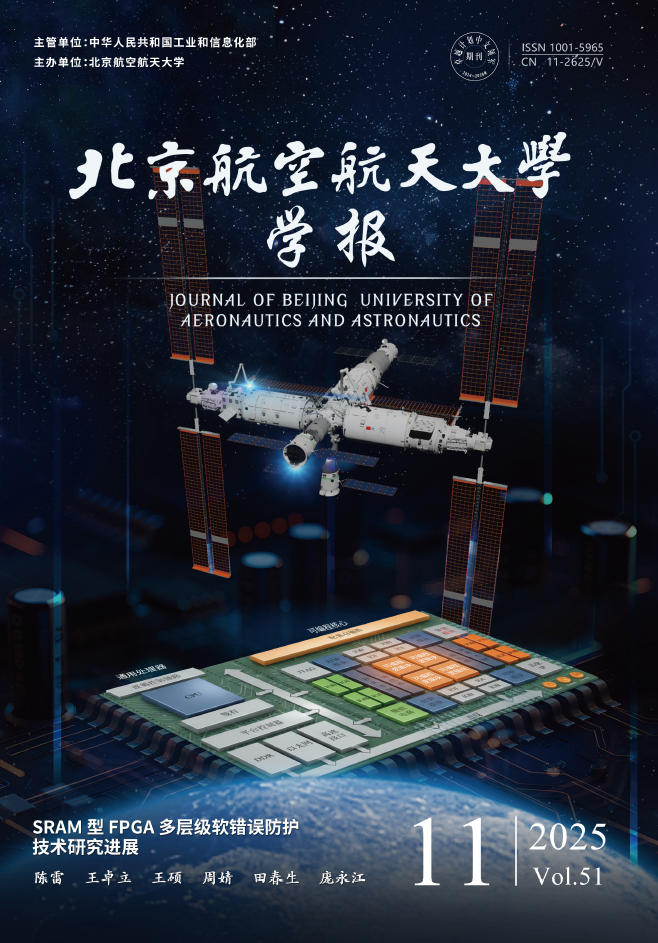2009 Vol. 35, No. 3
2009, 35(3): 267-271.
Abstract:
2009, 35(3): 272-275.
Abstract:
2009, 35(3): 284-287.
Abstract:
2009, 35(3): 300-303.
Abstract:
2009, 35(3): 356-360.
Abstract:
2009, 35(3): 376-379.
Abstract:
2009, 35(3): 380-383.
Abstract:
2009, 35(3): 389-392.
Abstract:







 XML Online Production Platform
XML Online Production Platform

